Search by alphabetical topics All ABCDEFGHIJKLMNOPQRSTUVWXYZ
-
 Ombudsman
OmbudsmanThe Ombudsman
What does the housing ombudsman do:
- The Housing Ombudsman Service (HOS) looks at complaints about registered providers of social housing, for example housing associations, and other landlords, managers, and agents. The service is free, independent, and impartial
Who can contact the housing ombudsman:
- If the designated person cannot help, they can refer a complaint to the Ombudsman. If you have decided not to contact a designated person you can come directly to the Ombudsman eight weeks after your landlord has given you its final response to your complaint.
What is the Housing Ombudsman Service:
- The Housing Ombudsman Service (HOS) looks at complaints about registered providers of social housing, for example housing associations, and other landlords, managers, and agents. The service is free, independent, and impartial. HOS is an executive non-departmental public body, sponsored by the Ministry of Housing, Communities & Local Government.
How do I complain to an ombudsman:
How to complain to an ombudsman. Check the ombudsman's website to see how to make a complaint - most of them have an online form. You might need to send copies of any paperwork related to your complaint, so it is a good idea to have it ready
Anyone wanting to know more about what the housing ombudsman do, can visit these sites by using google search engine
Disclosure: Information source on this page is collected from https://www.housing-ombudsman.org.uk/
-
 Pets and vermin infestation
Pets and vermin infestationA property infested is a common problem and exceedingly difficult to deal with. Most or popular infestation problems are pigeons, flies, rodents, cockroaches’ rats, mice, ants, fleas, mites, and bedbugs.
The HHSRS (stand for Housing, Health and Safety Rating System) operating guidance) recognised that infections by, pigeons, flies, rodents, and cockroaches are a health risk.
This organisation also recognised that fleas, and bedbugs are also causing health risks.
In these cases, where liabilities fall is not straightforward. The tenant right to have the landlord to deal with these infestations will fall in several categories:
For tenant under the Landlord and Tenant Act 1985 where the property should have been fit for living in at the start of the tenancy, there is a valid claim.
If the property is a house and the infection has not happened through part of the house retained or under the control of the landlord then the question is now to find out if the infestation had happened by way of disrepair for which the landlord is liable under the Landlord and Tenant Act 1985. Example of disrepairs such as hole in the walls, broken drainpipes, or hole in the roof.
If the infestation had happened during the tenant occupancy but through the common part of the building, then the landlord is likely to be liable under the Landlord and Tenant Act 1985.
However, if the infestation is caused by the tenant due to his/her lifestyle then the tenant is responsible Example: the tenant is not emptying his bin on the regular basis this can attract vermin off all sort.
Note that local authorities have extensive powers to take actions in cases of pest infestation (Prevention of Damage by Pests Act 1949 and Public Health At 1936 part 2)
Under the Housing, Health and Safety Rating System, and infestation may also be a hazard , so local authorities may serve notice under Health Authority 2004 depending on the cause of the infestation, which could result to a charge to the tenant or by the landlord.
Because of their prejudicial health risk, premises infected with vermin are likely to constitute a stater nuisance. If it is demonstrated that the incursion of the infestation is attributed the landlord, the tenant may use the process of the EPA 1990 (Environmental Protection Act 1990) and where appropriate or necessary prosecute the landlord using section 82.
What is section 82.
It is a (private legal action of the nuisance under the provisions of Section 82 of the Environmental protection Act 1990.)
- A nuisance is the undue interference with your personal comfort or the enjoyment of your property which include relevant factors such as time, place, extent, manner.
- unwanted accumulation or deposit.
- Animal kept in an unsatisfactory place or manner.
- Insects emanating from the property and being prejudicial
- to health or a nuisance.
- Excessive smoke emitted from the property.
- Below are some of the basic categories under which nuisance may fall.
- Excessive fumes or gases emitted from a property
- Excessive dust, steam, smell, coming from the property
- Property in an unsatisfactory state.
- Excessive noise emitted from the property.
-
 Professional Cleaning
Professional CleaningIt is the duty of the tenant to check if the tenancy agreement contains a clause for professional cleaning fees when he/she decides to move out of the property. If a professional cleaning fee is not included in the tenancy agreement, then it cannot be enforced by the landlord at the end of the tenancy. It is only enforceable if there is a term in the contract which states that the tenant is responsible for the professional cleaning of his rental accommodation.
-
 Property Index
Property IndexDifferent type of dampness
Raising damp: Ground water moving up walls by capillary action into building
Penetrating damp: water entering the building
Condensation damp: atmospheric moisture condensing out on cold surfaces
Traumatic damp: caused by leaks / floods
Construction moisture: damp caused by building work: wet trades, plaster, mortar, paint etc
The wall of the property
Cavity wall: a wall formed of two layers of brick with a space between them, as precaution against penetrating damp; common in buildings since the 1940’s
Cold bridge: cold spot: specially at corners or concrete lintels / faming.
Damp proof course: a horizontal barrier in a wall designed to prevent rising damp in solid floors the barrier termed a damp-proof membrane.
Efflorescence: soluble salts collecting as white crystals on the face of bricks.
Engineering bricks: dense/ hard bricks (sometimes used as damp-proof course).
Footings: Foundations (in older properties sometimes formed of stepped courses of bricks).
Hygroscopic salts: salts that form on contaminated building materials which absorb or attract moisture from the air.
Perpend: vertical mortar joint / end face of brick or stone.
Plinth: base of the wall / column (often rendered).
Quoin: corner junction of brick walls.
Render: a first layer of plaster or cement on a wall.
Solid brick wall: external wall built of one layer, usually 9-inch-thick, common in pre-1940s buildings.
Sleeper wall: wall supporting floor joists (contains gaps for ventilation and so sometimes called a “honeycomb” wall)
Stucco: renter coating usually painted
Stud partition: plasterboard on timber frame
Systems building: non-traditional / prefabrication
Wall ties: meta straps linking inner and outer leaves of cavity wall
Weephole: omitting mortar joints at intervals above a damp-proof course to permit a cavity wall to drain
Roofs
Dished or settled roof: sagging of roof slope; often as a result of recovering with heavier concrete tiles without additional strengthening
Fire break wall: Party wall continued up through roof space to prevent spread of fire in linked properties
Firring pieces: Angled timber to support boarding and provide a self-draining slope on flat roofs
Flaunching: cement render embedding chimney pots
Nail fatigue: corrosion of slate fixings allowing slates to slip
Verge: edge of roof
Wall plate: timber along the top of a wall carrying rafters or joists
Windows
Borrowed light: glazed panel in interior wall to introduce daylight from adjoining room.
Crittall: steel framed windows.
Espagnolette bolts: several bolts locking a door or window from a single handle /lock
Friction hinge: Holds window ajar.
Hoper window: small top lights or fanlight hinged on bottom edge.
Spring action spiral / spring tape balances: modern versions of double hung sash replacing pulleys, cords, and weights
Throating: drip details on underside edge of cills to prevent rain tracking back
Transom: horizontal rail in a window frame
Trickle vent: small adjustable vent in window head to provide background ventilation
Service of heating and hot water
Balance flue: combustion gas and air supply sealed from room (ie, from / to exterior via dual flue)
(combinatiCombi on) boiler: heats the radiators and the domestic hot water in one box; does not need a hot water tank.
Cylinder stat: thermostat on hot water cylinder
Lockshield valve: valve on radiator used on installation to balance (set up) the flow of water in the system
Rendall programmer: dated electronic mechanical timer / programmer for central heating and hot water
Service to electrics
Consumer unit: meter, main switch and cut out (fuse / circuit breaker)
Junction box: covers ends of joints to conductors
Spur: socket outlet from ring main (fused/illuminated versions)
Service to drainage
Bold sown or double seal cover: second cover for a manhole inside a property to prevent odour and flooding from backing up into the property.
Cone joint: flexible joint connecting WC flush pipe to back of WC.
Inspection chambers: manhole allowing access to section of drain particularly where two or more drains meet.
Rodding eye: point in pipe length were drain rods can be introduced (bolted on in cast iron pipes) Soil stack: takes sewages to drain system; top section continues above roof to vent methane.
Other technical terms
Bressemer (breastsummer): large heavy lintel, usually timber (older/ housing /shop fronts)
Dry riser: duct rinsing in block of flats so which the fire brigade can connect water supplies for hoses on landings
Floating floor: independence noise reducing overlay on an existing floor
French drain: shingle filled trench.
Garshey: waste disposable grinder in sink waste pipes
Scarf joint: angled joint in wood
Sempatap: thin foam sheet with fibreglass on one side applied like wallpaper for insulation
Soffit: underside of stairs, arch, beam, window head etc
Splay: angle (e.g cut brick, side wall of bay etc)
Sponge effect: potential for furnishings etc to take up water vapour temporarily
Tingle: a clip to temporarily secure loose slates
Upside down roof: thermal insulation laid over (usually existing) flat roof
U-value: thermal transmittance co-efficient, an indication of the thermal insulation value of an element (e.g. the external walls) limit specified by building regulations
Expert’s equipment
Borosccope: allows examination of cavity walls and other voids
Carbide meter: on site test for free moisture in walls
Current tester: detects current in wiring
Fibre optic viewer: allows examination of cavity walls and other voids
Data loggers / thermohygrometers: sample temperature and humidity data
Martindale: electric socket tester
Protimeter: damp meters: conductance / search mode /deep wall probes provide an indication of the relative dampness of an element
Written BY Mel Cairns MCIEH
Source Oxford Dictionary of construction surveying and civil engineering, Oxford University Press 2012
-
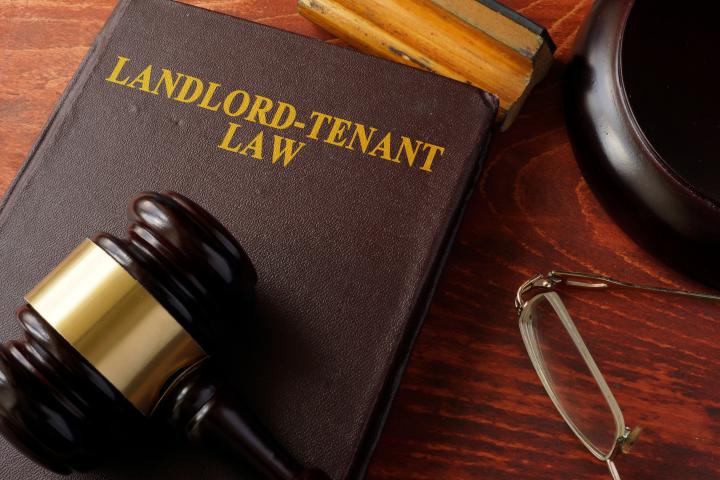 Property Inventories
Property InventoriesAn estate agent/letting agent or landlord has a right to take an inventory of the rental property when furnished or not furnished before letting it out to potential tenants. An inventory document will list all items in the property and the current condition of the property at the time the property is being rented
The tenant, landlord or letting agent should be present when the inventory is done so that they can agree and sign as to the condition of the property as listed in the inventory.
At the end of the tenancy, both landlord/letting agents and the tenant should perform a checkout inventory using the initial/original inventory list as a cross-reference guide. The landlord/letting agent should be advised that if he/she fails to do an inventory check with the tenant present at the start of the tenancy, it will be difficult for them to establish the tenant’s liability at the end of the tenancy and ask he/she to repair damage to the property or replace damaged items.
In either case if the tenant decides to dispute the contents of the inventory and likewise if the landlord states that they will make deductions from the tenancy deposit due to damage to the property, the tenant can raise a dispute with the tenancy deposit scheme that holds the tenancy deposit.
-
 Protection from Harassment Act 1997
Protection from Harassment Act 1997- The Protection from Harassment Act 1997 governs the law on the prohibition of harassment by a landlord (or someone acting on the landlord’s behalf) and the penalty for doing such.
- The Court has the power to make a restraining order against a landlord which will prohibit he/she from pursuing a course of conduct which amounts to harassment of another and, which he or she knows or ought to know amounts to harassment of the other.
- A Court has the power to award compensation to a tenant if a Civil claim is brought before the Court alleging anxiety or financial loss caused because of harassment by the landlord (or associate working for him).
-
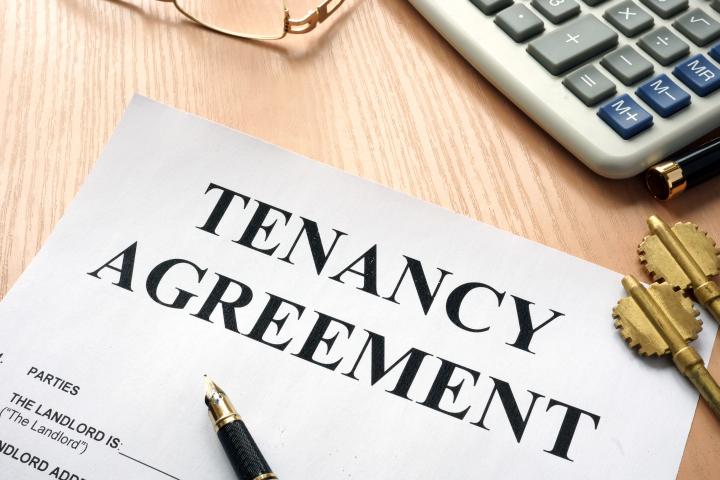 Reasonable Period of Time
Reasonable Period of TimeA reasonable period of time for a repair depends on the type or urgency of the required repair.
For example a loss of electricity/water supply or severe leak would be expected to be repaired within 24 hours. Repairs to guttering and general household leaks would be expected to be completed within 7 days. General building repairs such repairs to plasterwork or door frames would be expected to be completed within 1 month. If repairs are required to the physical building structure then time must be allowed to coordinate scaffolding etc.
-
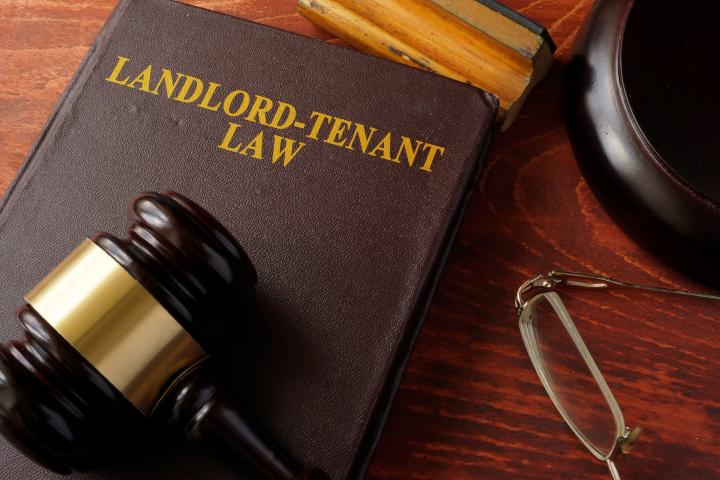 Regulation of Estate and Letting Agents
Regulation of Estate and Letting AgentsWhen approaching estate agents and/or letting agents a tenant should make sure that he/she enquires that the letting agent he/she is visiting is a member of the professional bodies that regulate estate and letting agents. Members of the organisation that regulate estate agent and letting agents must sign up to certain standards of practice and a tenant will have access to an independent complaintS procedure should things go wrong.
If the tenant has a cause to complain about an estate agent/letting agent, they should:
- Check that the estate/letting agent is a member of the scheme (listed on our Legal Advice Links) and if they are the tenant should:
- Contact the applicable scheme and follow the published complaints procedure on the schemes website.
- When viewing a property, a potential tenant should check the condition of the property to avoid problems in the future.
-
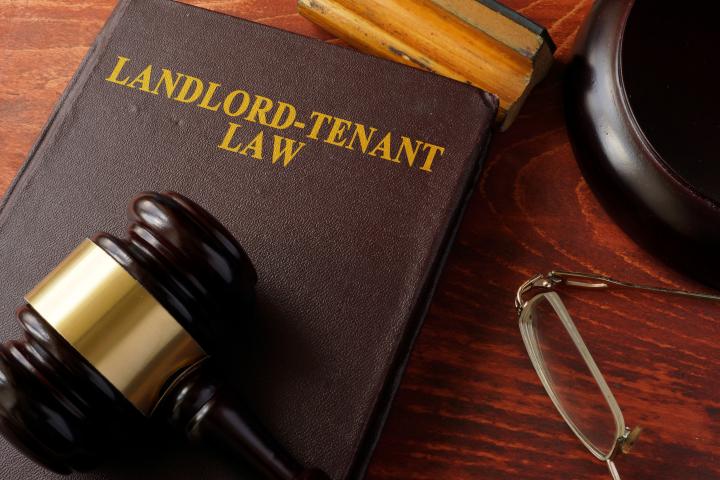 Reinstatement in the property
Reinstatement in the property- The tenant will still be able to proceed with a claim against the landlord in the County Court even if they have been reinstated in the property under the following courses of action:
Trespass to goods
- Trespass to goods relates to any interference or damage to a tenant’s belongings. If this occurs, a tenant is entitled to claim for trespass to goods against the landlord. Evidence will need to be produced such as receipts and proof of damage.
Causes of action: TORT
- If the actions of another has caused injury or loss to someone then this is a TORT and the individual who has suffered is entitled to claim to put them back to the position, they were in prior to the original action
-
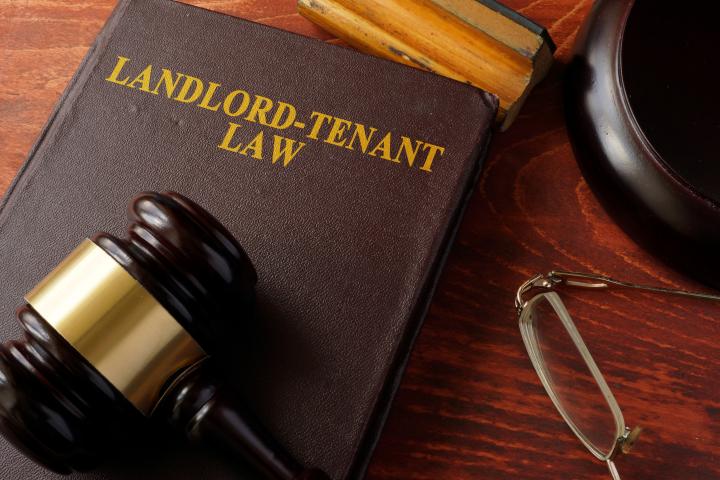 Rent Act Tenancy – Rent Act 1977
Rent Act Tenancy – Rent Act 1977- Definition – A tenancy under which a dwelling-house (which may be a house or part of a house) is let as a separate dwelling.
- The amount of rent that can be charged is regulated by linking increases to the Retail Price Index. This is known as a Fair Rent.
- Any rent increases requested by a landlord through the Rent Officer are to be registered one year and nine months after the effective date of the last registration. The new rent becomes effective after two years.
- The protected period of the tenancy does not allow any rent increases.
- A notice of increase is required to be served on the tenant if the landlord seeks to raise the rent. The notice should detail the amount and effective date of the new rent. A tenant is only liable for the increase once the notice of increase has been served. A tenant on housing benefit should take this notice to their housing benefit office.
- There are two types of tenancy: A Protected Tenancy and a Statutory Tenancy.
Protected Tenancy
- A fixed term tenancy based on a contract. The tenancy is ended with the terms of the agreement.
Search by alphabetical topics
All
ABCDEFGHIJKLMNOPQRSTUVWXYZ




